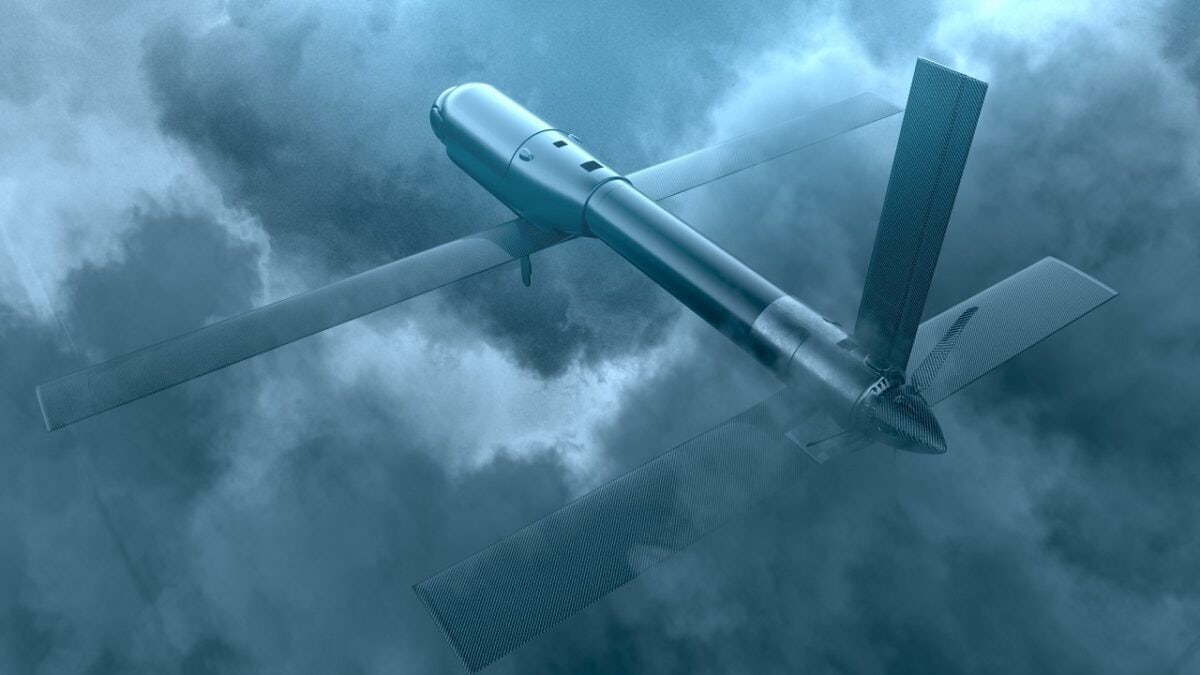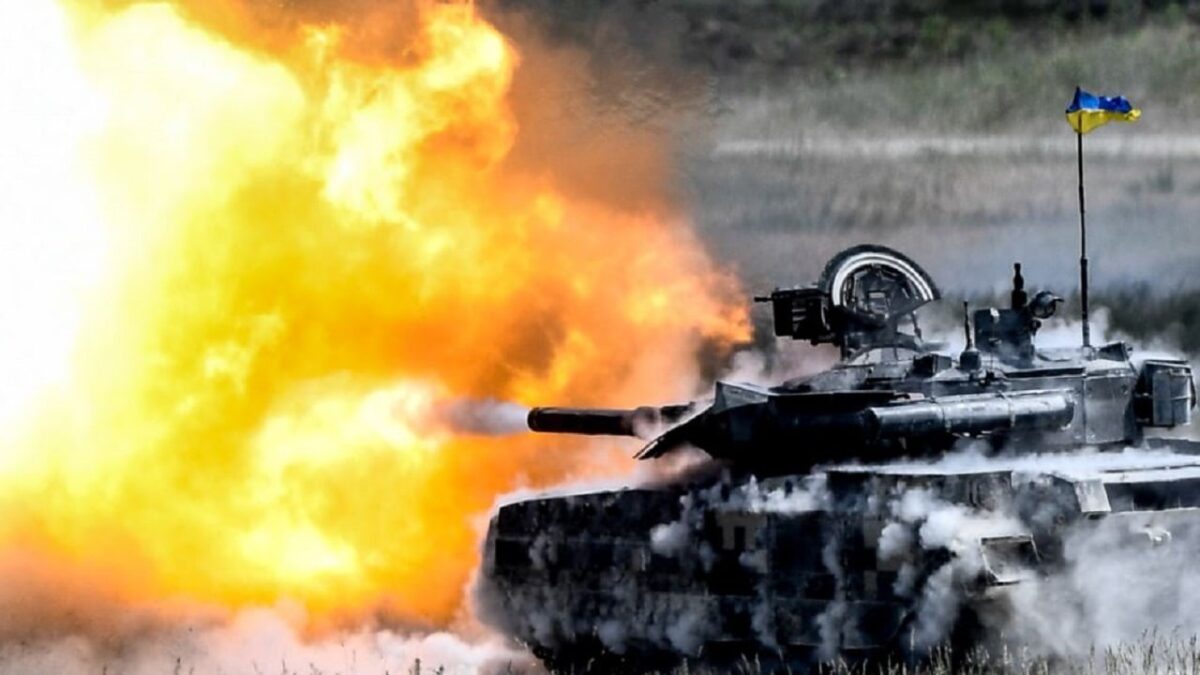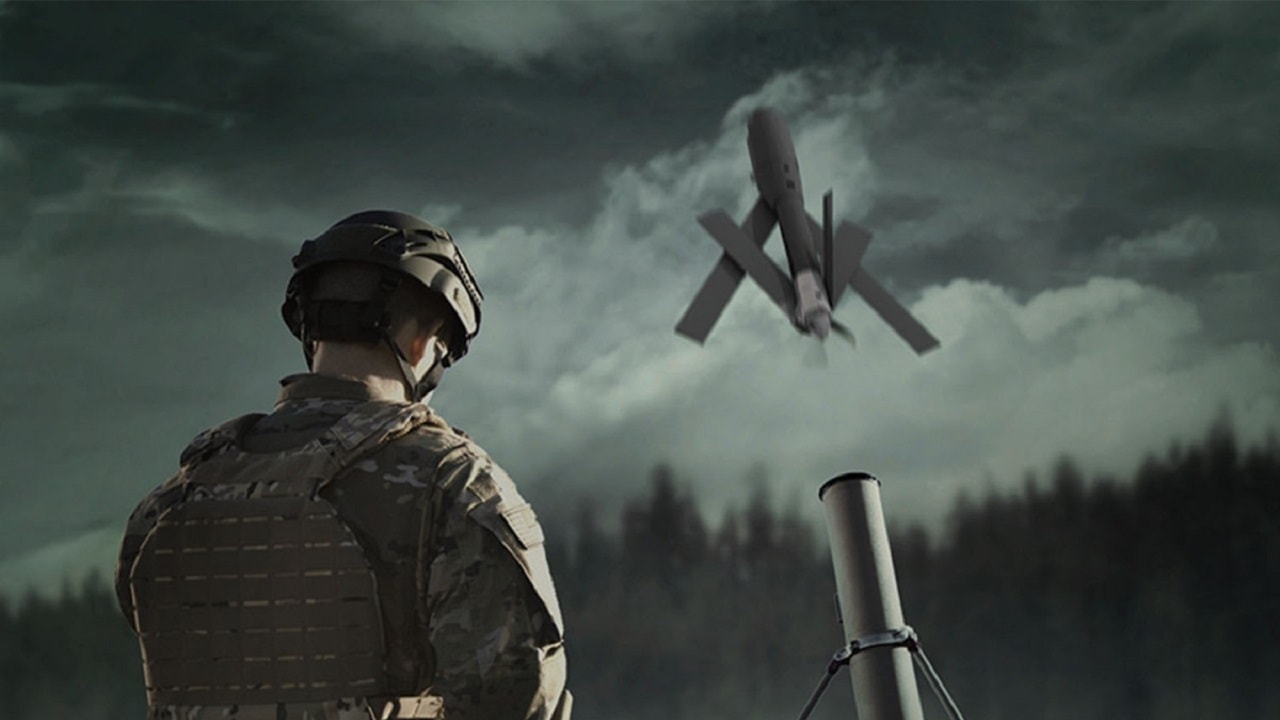The amount of monetary military aid pledged by all countries supporting the Ukrainian war effort is estimated at $81.6 billion as of Aug. 3. That figure exceeds Russia’s entire defense budget for 2021, which was $65.9 billion. But the aid actually delivered falls short of the pledged amount. Forty-one countries have agreed to send some form of military, humanitarian, and financial aid to Ukraine. About half of those countries had offered military assistance packages as of Aug. 3.
Estimates vary on the total dollar amount of U.S. military aid to Ukraine. The Department of State said total American defense assistance as of Sept. 8 was $15.2 billion, while the Department of Defense said on Aug. 24 that $13.5 billion had been spent on military aid to Ukraine. CNBC used the Department of State’s estimate of $15.2 billion in an article on Sept. 28.
Means and Memories
Looking at military aid as a percentage of a country’s GDP helps compare the aid each country has rendered. The United States delivers the most aid in aggregate by far, but it all adds up to 0.1% of its GDP. The next-highest country in total military aid given is the United Kingdom, and Britain’s contribution also adds up to about 0.1 percent of its GDP. Estonia (0.8%), Latvia (0.8%), and Poland (0.5%) have given more as a percentage of GDP. Even the Czech Republic has donated 0.2% of its GDP in military aid to Ukraine – more than the United States.
The United States has healthy existing stocks of arms, since it has such a large military, but it has been able to deliver only a fraction of its pledged goals. Poland has fully met its pledged amount of defense aid, as have Latvia, Estonia, and France, according to IFW-Kiel Institute for the World Economy.
The American military-industrial complex gives the U.S. a powerful tool to provide meaningful support. But other countries may also hold back for political reasons. Memories of the world wars may make some European countries less willing to extend aid, in the same way their smaller military capabilities make them less able. There is a stronger cultural tendency in Western Europe to refrain from involvement in warfare. On the other hand, European donors such as the Baltic countries, Poland, and the Czech Republic remember life behind the Iron Curtain during the Cold War. They are more likely to deliver arms to Ukraine.
Promises Put to the Test
Military aid cannot go on indefinitely, and weapons and ammunition are running out. For example, the United States produces about 30,000 155mm howitzer shells each year. The Ukrainians are using that many rounds every two weeks. The U.S. is sending more howitzers to Ukraine, and this means Kyiv again needs more shells.
So who will pick up the slack?
Other NATO members produce only what they use each year. They do not make excess weapons, which means they do not have arms systems and ammunition stockpiles beyond the minimum needed for their own militaries. They also do not have a substantial number of homegrown defense contractors that can quickly ramp up production. Aside from the International Security Assistance Force in Afghanistan that ended in 2014, NATO members have mostly been at peace on the continent. Afghanistan is over, and new weapons systems are not sitting in a warehouse marked for use in Ukraine. They are simply not being produced and do not exist.

Switchblade drone that is used by Ukraine’s forces against Russia. Image Credit: Industry handout.

Ukrainian tank firing. Image Credit: Creative Commons.
It may be nice to see dozens of countries promise military aid that exceeds Russia’s total military budget, but making good on these promises is hard. Ukraine wants more weapons and ammunition as its military enters the winter months, but NATO countries have their own war plans and domestic military priorities. A protracted war in Ukraine tests the boundaries of what Kyiv’s allies can deliver.
Expert Biography: Serving as 1945’s Defense and National Security Editor, Dr. Brent M. Eastwood is the author of Humans, Machines, and Data: Future Trends in Warfare. He is an Emerging Threats expert and former U.S. Army Infantry officer. You can follow him on Twitter @BMEastwood. He holds a Ph.D. in Political Science and Foreign Policy/ International Relations.

